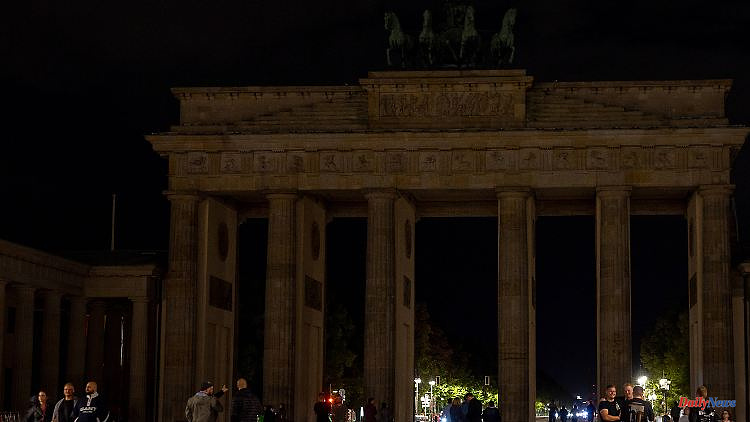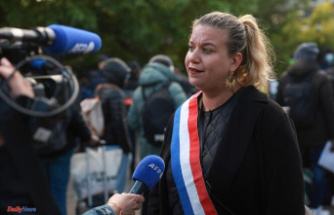For months, cities have been turning down the heat in their buildings, dimming lights, and leaving churches, castles, and other landmarks unlit. But does that really mean anything? According to the Association of Towns and Municipalities, the answer is "yes".
According to their own statements, cities and municipalities in Germany benefit noticeably from the federal energy saving regulations. The specifications, for example for heating in public buildings, for hot water supply and for illuminating monuments, have been implemented “very comprehensively” and in a variety of ways, said Bernd Düsterdiek, the deputy for urban development and the environment at the German Association of Towns and Municipalities. Potential savings of around 10 to 20 percent can be assumed. This also benefits local government budgets.
According to the ordinance on short-term energy saving measures that has been in force since September 1 of last year, the maximum room temperature in public workplaces should be reduced to 19 degrees. Corridors and other areas where people are not permanently present should no longer be heated. As a rule, there should no longer be hot water for washing hands, and buildings, monuments and advertising spaces should no longer be illuminated at certain times.
Frankfurt am Main assumes energy savings of five to ten percent for municipal properties. The city is also switching to LED lighting, has been dimming more than half of its approximately 60,000 lanterns between 10 p.m. and 6 a.m. for years, and heats rooms, corridors and stairwells in public buildings and bathrooms less. The employees were asked to submit further ideas, said a spokeswoman.
It was also getting darker in Stuttgart, and heating energy was saved. The city expects savings in the single-digit percentage range for municipal buildings. In Düsseldorf, around 8,000 gas lanterns in the city area have been switched off between 1:00 a.m. and 5:00 a.m. since mid-October last year. The city of Nuremberg put their energy savings - depending on use - at 10 to 30 percent.
Because the federal government has neither defined responsibilities nor sanctions in the ordinances, the cities do not see themselves as obliged to check or punish violations. There are no controls for compliance with the requirements, at most "here and there a warning from the department head," said Frankfurt. The situation in Hamburg is similar. It is assumed that the regulations "are observed on one's own responsibility", according to the environmental authority of the Hanseatic city.
According to Düsterdiek, the annual electricity and heating costs for local authorities in Germany are likely to have at least doubled from around five billion euros to around 10 to 15 billion euros as a result of the energy crisis. Around 180,000 municipal buildings across Germany are affected by the savings targets - from the town hall to the library, albeit to different extents.
In addition, there would be around two million municipal apartments. The savings varied in individual areas, said Düsterdiek. Lighting is the biggest consumer of electricity. Municipalities that have already switched to LED could reduce electricity consumption in this area by 70 to 80 percent. After the expiry of the regulations, the savings should not be lost. The Ministry of Economics said that gas should continue to be saved in the future.












